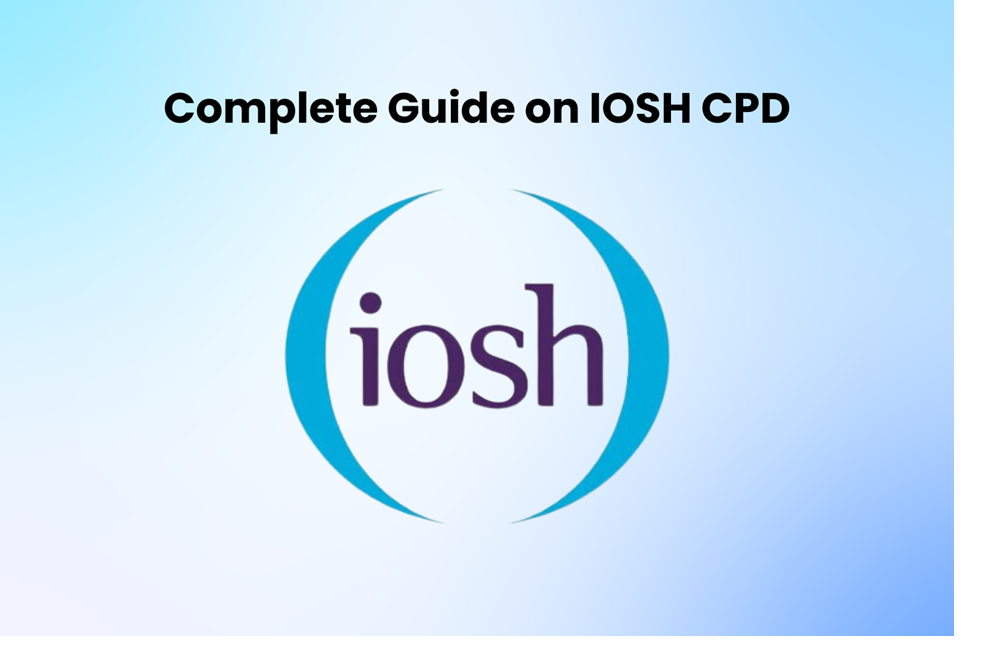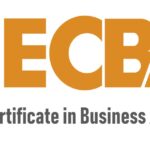What is IOSH?
The Institution of Occupational Safety and Health (IOSH) is the world’s leading body for safety and health professionals. With a membership of over 47,000 individuals across more than 130 countries, IOSH is dedicated to regulating and guiding the profession while advancing the role of health and safety practitioners. One of the key aspects of maintaining professional competence and enhancing career progression in this field is through Continuing Professional Development (CPD).
Understanding CPD
Continuing Professional Development (CPD) refers to the process of tracking and documenting the skills, knowledge, and experience that you gain both formally and informally as you work, beyond any initial training. It’s a record of what you experience, learn, and then apply. CPD is a proactive and conscious form of learning that uses various methods to help individuals either maintain their existing skills, enhance their capabilities, or gain new competencies.
The Importance of CPD in IOSH
CPD is crucial for all professionals, and this is particularly true in the field of health and safety, where regulations, best practices, and technology are constantly evolving. For IOSH members, CPD ensures that professionals remain competent, confident, and capable of performing their duties effectively. It is not just about meeting the legal or professional requirements but also about personal growth and career advancement.
Benefits of CPD for IOSH Members
1. Staying Current
One of the primary benefits of CPD is that it helps professionals stay up-to-date with the latest developments in their field. For IOSH members, this means keeping abreast of new regulations, technological advancements, and emerging trends in occupational health and safety.
2. Enhancing Skills and Knowledge
CPD activities allow IOSH members to continually develop their skills and knowledge. This not only improves their performance but also enhances their ability to manage and mitigate risks effectively in the workplace.
3. Career Advancement
Engaging in CPD demonstrates a commitment to your profession. It shows employers and colleagues that you are dedicated to maintaining high standards and are willing to invest time in your professional development. This can lead to greater job opportunities, promotions, and increased earning potential.
4. Professional Recognition
Regularly updating and enhancing your skills through CPD can lead to professional recognition. IOSH members who actively engage in CPD are often seen as leaders and experts in their field, which can lead to opportunities for speaking engagements, consultancy roles, and more.
CPD Requirements for IOSH Members
IOSH requires its members to engage in CPD activities to maintain their professional status. This requirement varies depending on the level of membership, but it generally involves a mix of formal and informal learning activities. Members are expected to keep a CPD record, which is subject to periodic review by IOSH.
Formal Learning Activities
These are structured learning activities such as attending courses, workshops, conferences, and seminars. They can also include pursuing further education, such as obtaining a degree or professional certification related to health and safety.
Informal Learning Activities
Informal learning is less structured and includes activities such as reading professional journals, participating in online forums, or learning from work experiences. These activities are equally important and contribute significantly to a professional’s development.
How to Plan and Record CPD
Effective CPD requires careful planning and documentation. IOSH provides a CPD tool on its website to help members manage this process.
Step 1: Assess Your Needs
The first step in planning your CPD is to assess your current skills and identify areas where you need improvement. This could involve seeking feedback from colleagues, reflecting on recent work experiences, or conducting a self-assessment.
Step 2: Set Goals
Based on your needs assessment, set specific, measurable, achievable, relevant, and time-bound (SMART) goals. These goals will guide your CPD activities and help you stay focused.
Step 3: Select Activities
Choose CPD activities that will help you achieve your goals. Consider a mix of formal and informal learning methods to cover different aspects of your professional development.
Step 4: Record Your Activities
Use the IOSH CPD tool to document your activities. Include details such as the date, type of activity, and what you learned. Reflect on how each activity has contributed to your professional growth.
Step 5: Review and Reflect
Periodically review your CPD record and reflect on your progress. Assess whether you are meeting your goals and identify any new areas for development. This reflection will help you adjust your CPD plan as needed.
Examples of CPD Activities for IOSH Members
Attending Conferences and Workshops
Participating in industry conferences and workshops provides an opportunity to learn from experts, network with peers, and stay updated on the latest trends and developments.
Professional Courses and Certifications
Enrolling in professional courses and obtaining certifications can deepen your expertise in specific areas of health and safety.
Reading Professional Journals
Staying informed about the latest research and best practices by reading professional journals is a valuable CPD activity.
Online Learning
Taking online courses or webinars offers flexibility and can cover a wide range of topics relevant to your professional development.
Mentoring and Coaching
Both being a mentor and receiving coaching can be beneficial for CPD. Mentoring allows you to share your knowledge and experience, while coaching provides personalized guidance to enhance your skills.
Volunteering
Volunteering for professional organizations or community projects can provide practical experience and develop new skills.
Challenges in CPD and How to Overcome Them
Time Management
Finding time for CPD activities can be challenging, especially with a busy work schedule. To overcome this, prioritize your CPD goals and integrate learning into your daily routine.
Access to Resources
Access to quality CPD resources can sometimes be limited. Leverage online platforms, join professional networks, and utilize the resources provided by IOSH to enhance your learning opportunities.
Keeping Motivated
Staying motivated to engage in CPD consistently can be difficult. Setting clear goals, tracking your progress, and celebrating your achievements can help maintain your motivation.
Conclusion
Continuing Professional Development is essential for maintaining and enhancing professional competence in the field of occupational safety and health. For IOSH members, CPD is a structured and proactive way to ensure that they remain knowledgeable, skilled, and capable of effectively managing workplace health and safety challenges. By understanding the importance of CPD, setting clear goals, and actively engaging in a variety of learning activities, IOSH members can not only meet their professional requirements but also achieve personal growth and career advancement.


